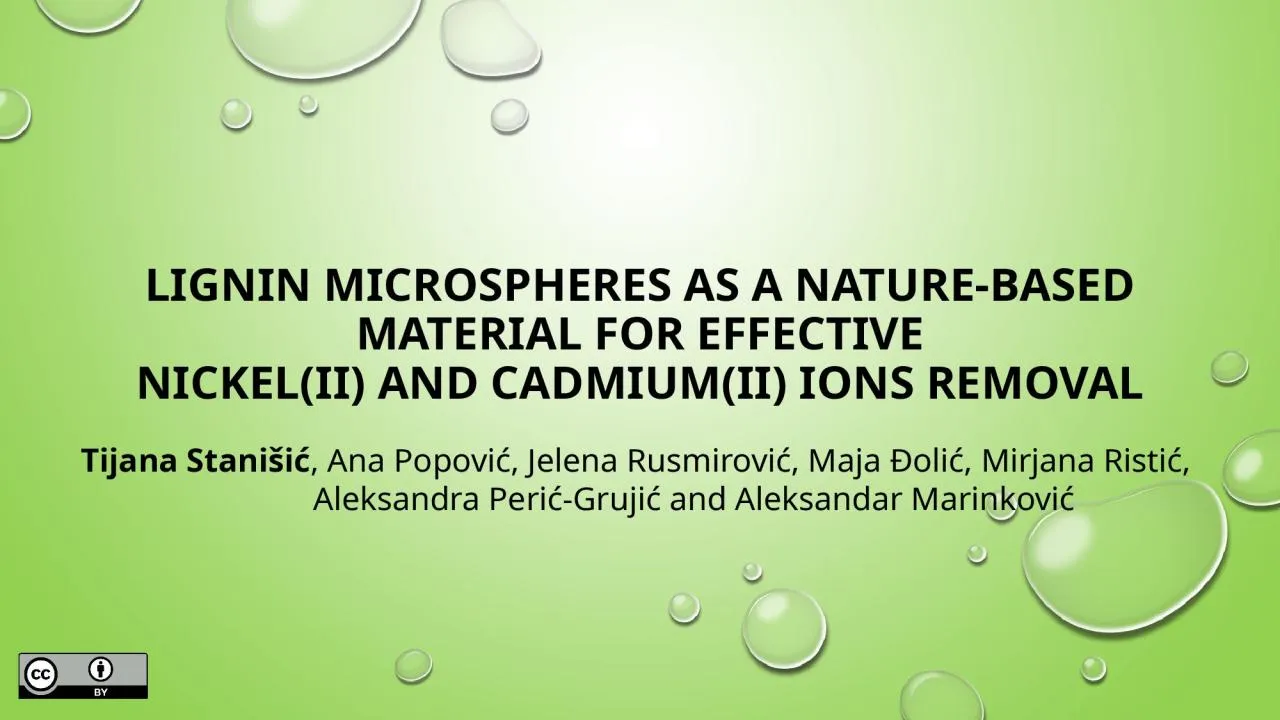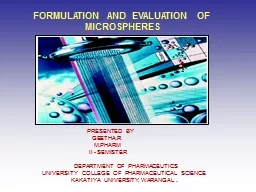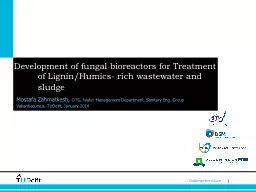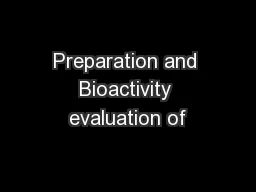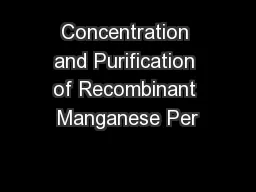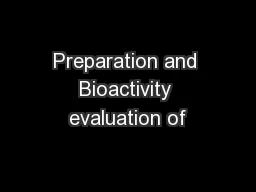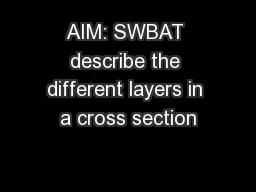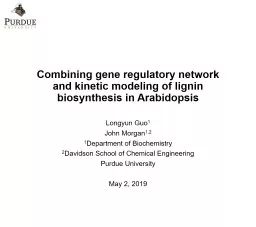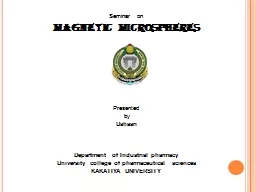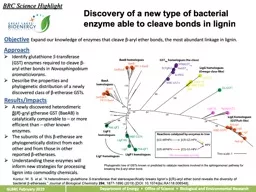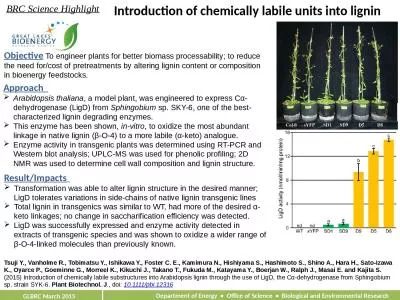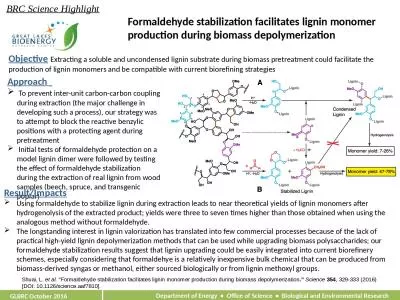PPT-Lignin microspheres as a nature-based material for effective
Author : ethlyn | Published Date : 2022-06-01
nickelII and cadmiumII ions removal Tijana Stanišić Ana Popović Jelena Rusmirović Maja Đolić Mirjana Ristić Aleksandra PerićGrujić and Aleksandar
Presentation Embed Code
Download Presentation
Download Presentation The PPT/PDF document "Lignin microspheres as a nature-based ma..." is the property of its rightful owner. Permission is granted to download and print the materials on this website for personal, non-commercial use only, and to display it on your personal computer provided you do not modify the materials and that you retain all copyright notices contained in the materials. By downloading content from our website, you accept the terms of this agreement.
Lignin microspheres as a nature-based material for effective: Transcript
Download Rules Of Document
"Lignin microspheres as a nature-based material for effective"The content belongs to its owner. You may download and print it for personal use, without modification, and keep all copyright notices. By downloading, you agree to these terms.
Related Documents

